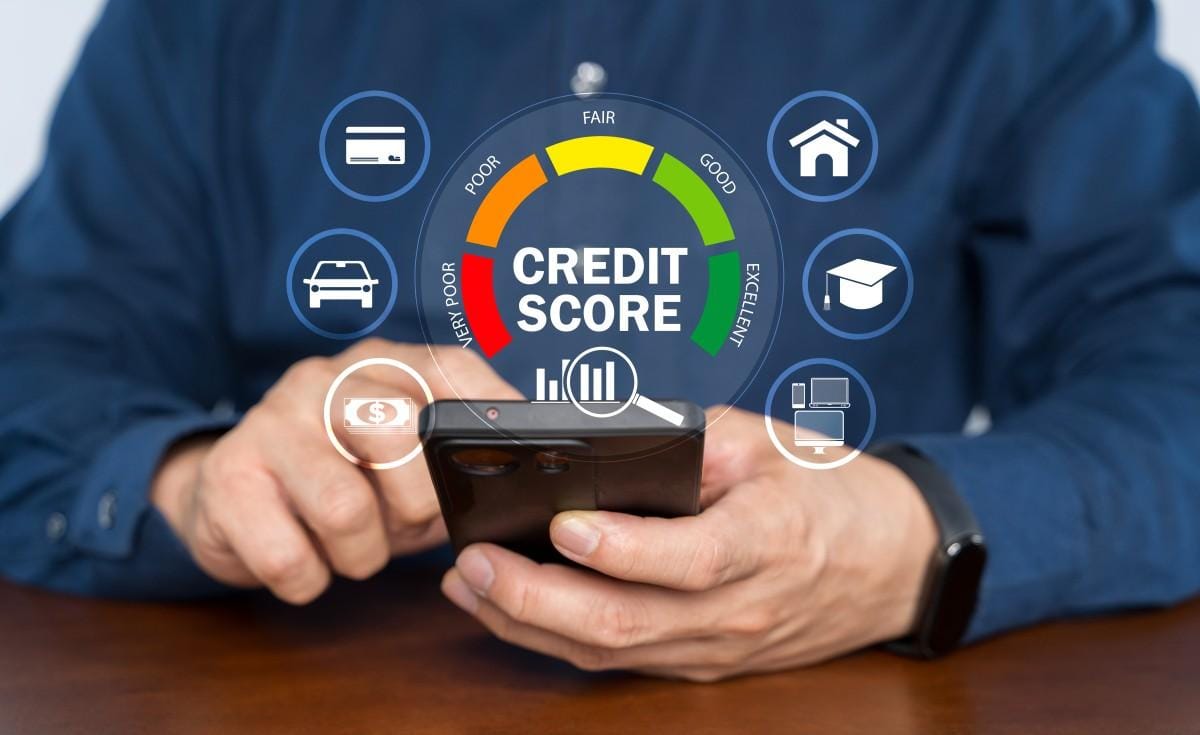
In 2025, obtaining a loan—whether for a home, a car, education, or personal needs—will be faster and easier than ever. While banks and NBFCs have digitized their processes, one thing hasn’t changed: your CIBIL score is still one of the most important factors in determining loan eligibility.
If you’re wondering whether your credit score is “good enough,” you’re not alone. Many borrowers don’t know what the benchmark is or how lenders evaluate applications. In this tutorial, we will break it down for you and demonstrate how tools such as a loan eligibility calculator can make the process much easier.
What Is a CIBIL Score and Why Does It Matter?
Your CIBIL score is a three-digit figure ranging from 300 to 900 that indicates your creditworthiness. It is calculated based on your credit history, repayment behavior, outstanding debts, and credit utilization.
In 2025, most banks consider a score of 750 or higher to be “ideal” for approving loans without hassle. A higher credit score sometimes entitles you to better lending arrangements, such as reduced interest rates, longer repayment periods, and larger loan amounts.
If your score is less than 700, it does not necessarily imply rejection, but it may indicate tougher inspection, higher interest rates, or a lower sanctioned amount.
How to Check Your Loan Eligibility Instantly in 2025
Your credit score affects loan eligibility in several ways:
Loan Approval Chances:
A good score improves your chances of getting approved, especially for unsecured loans like personal loans.
Loan Amount:
Lenders are more likely to offer a higher amount to someone with a clean repayment history.
Interest Rates:
A high CIBIL score qualifies you for competitive rates, while a low score can result in costlier loans.
Loan Type Flexibility:
A stronger score broadens your options—home loans, business loans, or top-up loans can become more accessible.
How to Check Your Loan Eligibility Instantly in 2025
Thanks to digitization, you no longer have to visit a bank or wait days for eligibility feedback. Just use an online loan eligibility tool or loan eligibility calculator.
These tools evaluate your eligibility based on:
- Your monthly or annual income
- Current EMIs or financial liabilities
- Loan tenure and amount
- CIBIL score and repayment track record
Step-by-step to use a loan eligibility calculator:
- Visit a reliable bank or financial portal.
- Enter your income details, age, city, and existing obligations.
- Submit your preferred loan amount and tenure.
- The tool will estimate how much you’re eligible to borrow—and what EMI you’ll need to pay.
This quick check can help you avoid unnecessary rejections and tailor your application to suit lender expectations.
Tips to Improve Loan Eligibility in 2025
Whether your CIBIL score is average or excellent, there’s always room to optimize your loan eligibility. Here are some tried-and-tested tips to increase your chances of approval:
1. Pay Off Existing Debts
If you’re already paying multiple EMIs or credit card bills, try clearing at least some of them before applying. Lenders look closely at your debt-to-income ratio.
2. Avoid Multiple Loan Applications
Every time you apply for a loan, a “hard inquiry” is made on your credit file. Too many applications within a short time can hurt your credit score.
3. Maintain a Low Credit Utilization Ratio
Ideally, you should use less than 30% of your total credit limit. Higher usage signals dependency on credit and might negatively impact your eligibility.
4. Check Your Credit Report Regularly
Errors do happen. If you spot any incorrect entries or delayed payments you didn’t make, raise a dispute with CIBIL immediately.
5. Choose the Right Loan Product
If your score is not ideal, opt for secured loans or co-applicant-based applications. Having a guarantor or applying jointly with a person who has a high credit score can improve your chances.
What CIBIL Score Is “Good Enough” in 2025?
Here’s a general breakdown for better understanding:
- 750 – 900: Excellent – You’re eligible for almost all loans with the best rates.
- 700 – 749: Good – You’ll likely get approved with competitive terms.
- 650 – 699: Average – You may get approved, but expect higher interest rates.
- Below 650: Risky – May face rejections or need to improve your profile.
Remember, eligibility isn’t just about your score. Your income, employment type, and repayment capacity also matter.
Tools That Make Life Easier
Using a loan eligibility calculator or loan eligibility tool before applying gives you a clear picture of what you can expect. It also allows you to try “what-if” scenarios—like increasing the loan tenure or adjusting the loan amount—to see how it impacts your EMI and eligibility.
Some platforms also combine CIBIL integration with real-time eligibility checks, showing you pre-approved offers based on your score and financial profile.
Final Thoughts
In the ever-evolving financial landscape of 2025, your CIBIL score remains a key player in determining your loan eligibility. But thanks to digital tools and smarter strategies, you don’t have to guess or gamble.
Make use of a loan eligibility calculator to understand your current standing, and follow the right habits to build and maintain a strong credit profile. That way, when you’re ready to apply—whether it’s for a dream home, a new car, or an education loan—you’ll walk in fully prepared.







